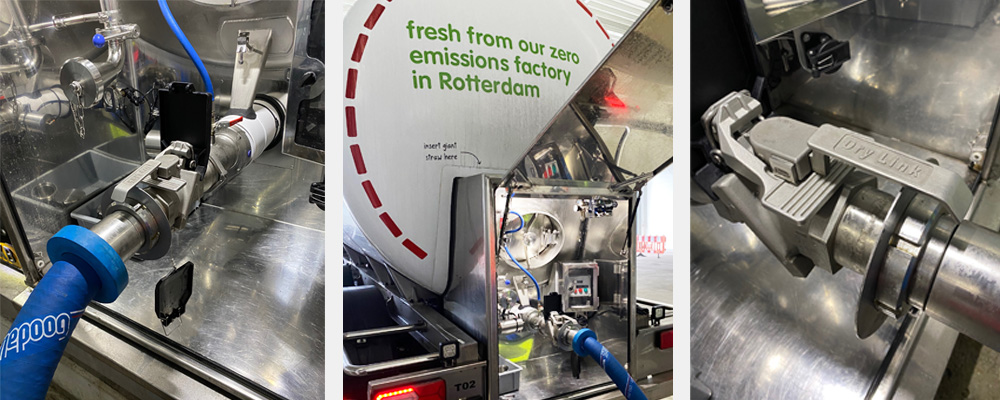What Are Dry Break Fittings?
Dry break or dry disconnect fittings utilise a unique mechanism that automatically seals both ends of a line when the hose is disconnected. This makes them particularly useful in applications where spillage is not an option. This could be due to health and safety concerns, if consideration has to be given to the cost of fluid being wasted, or simply to prevent issues with cleanliness. To find out more about how our dry break couplings can help your unique requirements, contact a member of our team today.
Typical Applications
Due to their extreme capability for preventing spillages and fluid waste, our range of dry break couplings have many applications across multiple industries. Examples of common applications include:
- Offshore Exploration
- Chemical
- Pharmaceutical
- Petro-chemical

Proven Track Record
Purchasing your fittings from Action Sealtite means that you aren’t just receiving a high-quality dry break coupling; you are also getting a guarantee. We have supplied fluid transfer solutions to businesses all over the world, and will continue to manufacture and distribute products of only the highest quality. This means that you can trust our expert team to find the optimal solution for your requirements. For more information on our wide range of products and services, submit a contact form using the button below.
Dry Break Fitting FAQs
How Are Dry Break Couplings Used?
Dry disconnect couplings are easily operated. The valves are opened and closed with handles controlling the flow of the liquid in the lines. All products operate slightly differently, but generally speaking, there is usually one handle to control the flow and the other to lock the system open or closed.
Where Can Dry Break Couplings be Used?
Typically you would choose a dry break coupler when dealing with either expensive or hazardous media. However, dry disconnect couplings can be used anywhere where a standard coupling would be used. They are designed for hose and tank applications and are compatible with IBC tanks.
What Maintenance Requirements Do Dry Break Fittings Have?
As with all fittings, dry break couplings contain moving parts and these need replacing on a regular basis. When things go wrong, the downtime can be expensive if lines are halted for maintenance. Having a service procedure in place is highly recommended.
Make sure the specified timescales for these checks are assessed on the level of use involved, the environment and application. For example, are the fittings continually moved about or stationary? Users of fittings in applications where lines are used in delivery and collection should be especially careful, as there will be more pressure on the fittings in this instance.
What Service Assistance Does Action Sealtite Offer?
Most dry break fittings can be stripped down, checked and have the parts replaced on site as long as you have the right tools and expertise in-house. If not, Action Sealtite does offer a service where these fittings can be sent back to us to service for you. We will replace any worn parts, re-test and re-certify. If this is a service that would benefit you please call us on +44 (0)1235 512 500.




